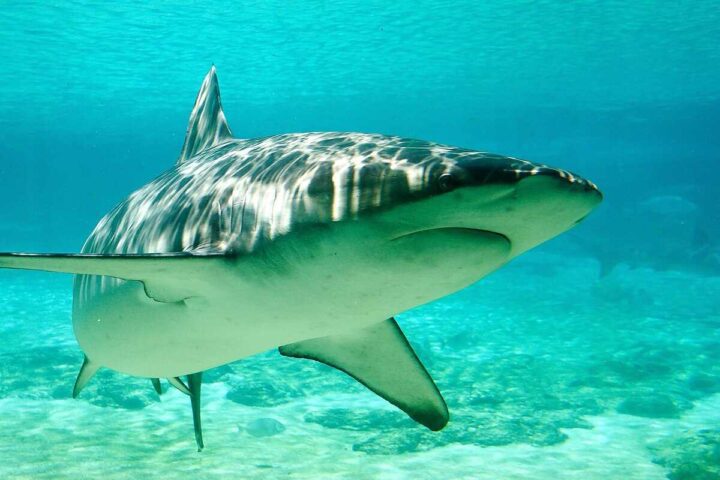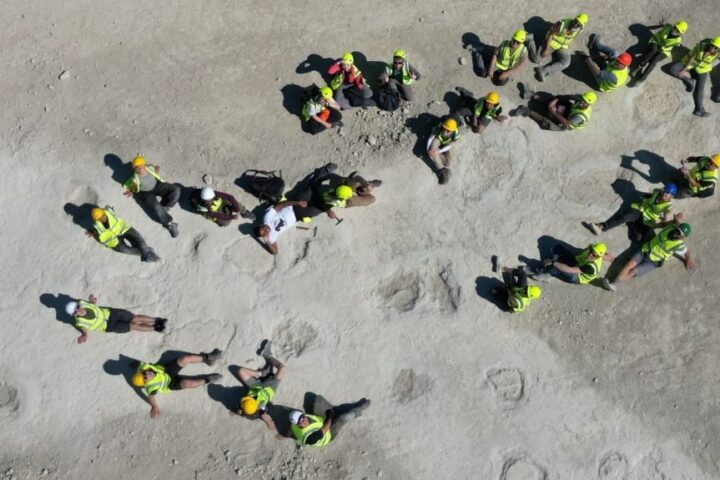A joint NASA-Department of Defense study projects that saltwater intrusion will occur by century’s end in 77% of coastal watersheds evaluated, affecting groundwater systems and ecosystems worldwide.
The research indicates that 77% of coastal watersheds will experience saltwater intrusion by century’s end due to combined effects of rising seas and changing groundwater recharge patterns. The threat stems from two key factors: sea level rise and alterations in groundwater recharge rates.
“Depending on where you are and which one dominates, your management implications might change,” explains Kyra Adams, groundwater scientist at NASA‘s Jet Propulsion Laboratory (JPL) and lead author of the study.
In 45% of studied coastal watersheds, reduced groundwater recharge will drive saltwater intrusion inland – extending up to 1,200 meters in certain locations. The Arabian Peninsula, Western Australia, and Mexico’s Baja California peninsula face the greatest risks from this phenomenon.
The study reveals that 42% of coastal watersheds will experience increased groundwater recharge, potentially counteracting saltwater intrusion from rising seas in some areas.
More Stories
Ben Hamlington, JPL climate scientist and NASA Sea Level Change Team co-leader, draws parallels between coastal flooding and saltwater intrusion: “As sea levels rise, there’s an increased risk of flooding everywhere. With saltwater intrusion, we’re seeing that sea level rise is raising the baseline risk for changes in groundwater recharge to become a serious factor.”
The research utilized HydroSHEDS database, incorporating NASA Shuttle Radar Topography Mission elevation data. Researchers developed a comprehensive model accounting for multiple variables, including groundwater recharge, water table rise, and coastal migration from sea level rise.
Hamlington emphasizes the global implications: “Those that have the fewest resources are the ones most affected by sea level rise and climate change, so this kind of approach can go a long way.”
This NASA-DOD collaboration aims to evaluate sea level rise impacts on coastal military facilities and infrastructure, while providing crucial data for vulnerable coastal communities worldwide.


















